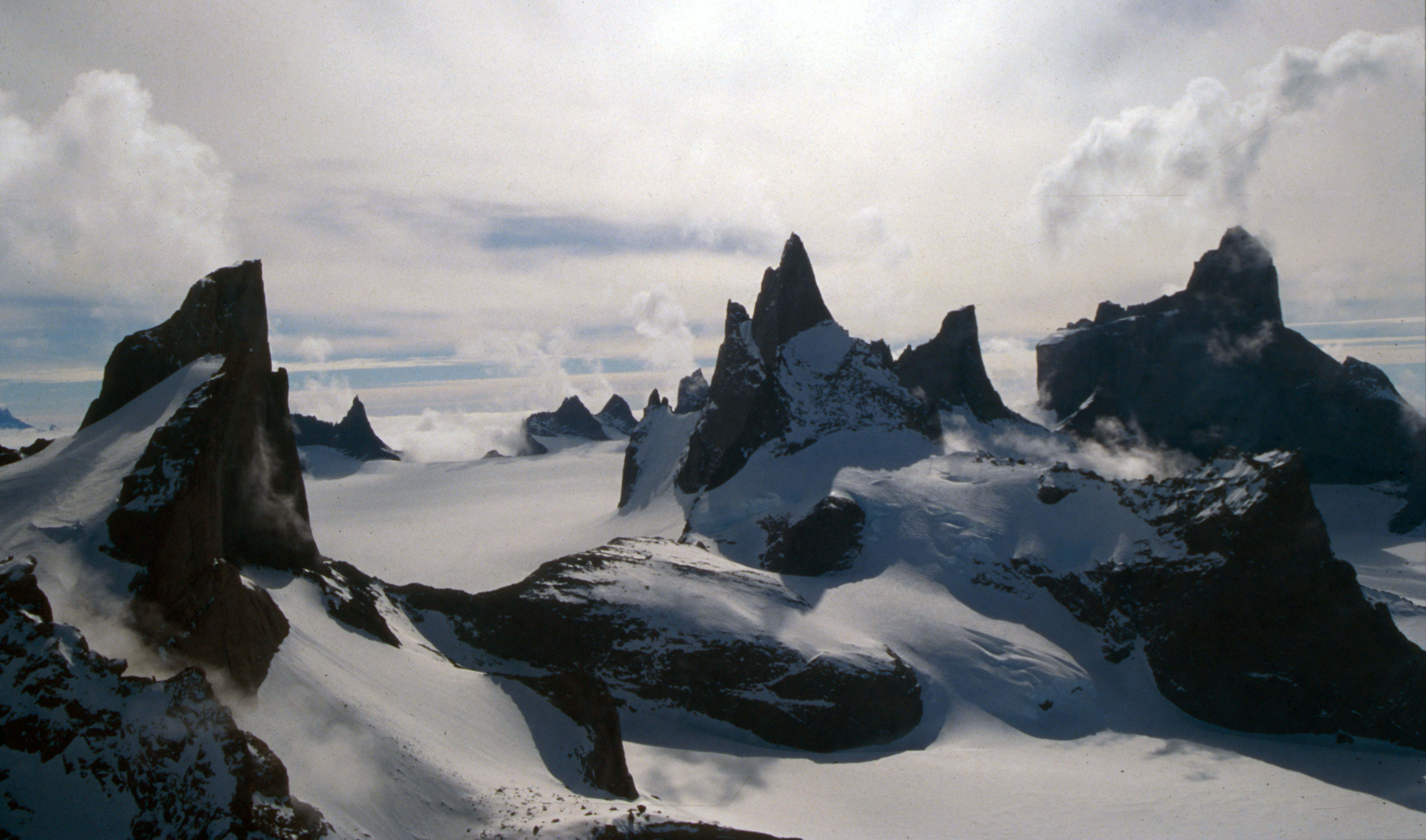|
Storkvaeven Cirque
Storkvaeven Cirque () is a cirque on the northwest side of Nupskapa Peak, near the south end of the Sverdrup Mountains in Queen Maud Land Queen Maud Land () is a roughly region of Antarctica Territorial claims in Antarctica, claimed by Norway as a dependent territory. It borders the claimed British Antarctic Territory 20th meridian west, 20° west, specifically the Caird Coast, .... Mapped by Norwegian cartographers from surveys and air photos by Norwegian-British-Swedish Antarctic Expedition (NBSAE) (1949–52) and air photos by the Norwegian expedition (1958–59) and named Storkvaeven. Cirques of Queen Maud Land Princess Martha Coast {{PrincessMarthaCoast-geo-stub ... [...More Info...] [...Related Items...] OR: [Wikipedia] [Google] [Baidu] |
Sverdrup Mountains
The Sverdrup Mountains () are a group of mountains about long, standing just west of the Gjelsvik Mountains in Queen Maud Land, East Antarctica. With its summit at , Hamartind Peak forms the highest point in the Sverdrup Mountains. Discovery and naming First photographed from the air and roughly plotted by the Third German Antarctic Expedition (3rd GAE), 1938–1939. Mapped in detail by Norwegian cartographers from surveys and aerial photographs taken by the Norwegian–British–Swedish Antarctic Expedition (NBSAE), and again by a later Norwegian expedition. Named for Harald Sverdrup, Chairman of the Norwegian Committee for the NBSAE. Norwegian–British–Swedish Antarctic Expedition Norwegian–British–Swedish Antarctic Expedition (NBSAE), 1949–1952 Norwegian Expedition Luncke Expedition, 1958–1959 List of important geographical features of the Sverdrup Mountains See also * List of mountains of Queen Maud Land This list of mountains of Queen Maud Land contai ... [...More Info...] [...Related Items...] OR: [Wikipedia] [Google] [Baidu] |
Queen Maud Land
Queen Maud Land () is a roughly region of Antarctica Territorial claims in Antarctica, claimed by Norway as a dependent territory. It borders the claimed British Antarctic Territory 20th meridian west, 20° west, specifically the Caird Coast, Coats Land on the West, and the Australian Antarctic Territory 45th meridian east, 45° east, specifically Enderby Land on the East. In addition, a small unclaimed area from 1939 was annexed in June 2015. Positioned in East Antarctica, it makes out about one-fifth of the continent, and is named after the Norwegian Maud of Wales, Queen Maud (1869–1938). In 1930, the Norwegian Hjalmar Riiser-Larsen was the first person known to have set foot in the territory. On 14 January 1939, the territory was claimed by Norway. On 23 June 1961, Queen Maud Land became part of the Antarctic Treaty System, making it a demilitarised zone. It is one of dependencies of Norway, two Antarctic claims made by Norway, the other being Peter I Island. They are adm ... [...More Info...] [...Related Items...] OR: [Wikipedia] [Google] [Baidu] |
Cirques Of Queen Maud Land
A (; from the Latin word ) is an amphitheatre-like valley formed by glacial erosion. Alternative names for this landform are corrie (from , meaning a pot or cauldron) and ; ). A cirque may also be a similarly shaped landform arising from fluvial erosion. The concave shape of a glacial cirque is open on the downhill side, while the cupped section is generally steep. Cliff-like slopes, down which ice and glaciated debris combine and converge, form the three or more higher sides. The floor of the cirque ends up bowl-shaped, as it is the complex convergence zone of combining ice flows from multiple directions and their accompanying rock burdens. Hence, it experiences somewhat greater erosion forces and is most often overdeepened below the level of the cirque's low-side outlet (stage) and its down-slope (backstage) valley. If the cirque is subject to seasonal melting, the floor of the cirque most often forms a tarn (small lake) behind a dam, which marks the downstream limit of the ... [...More Info...] [...Related Items...] OR: [Wikipedia] [Google] [Baidu] |

